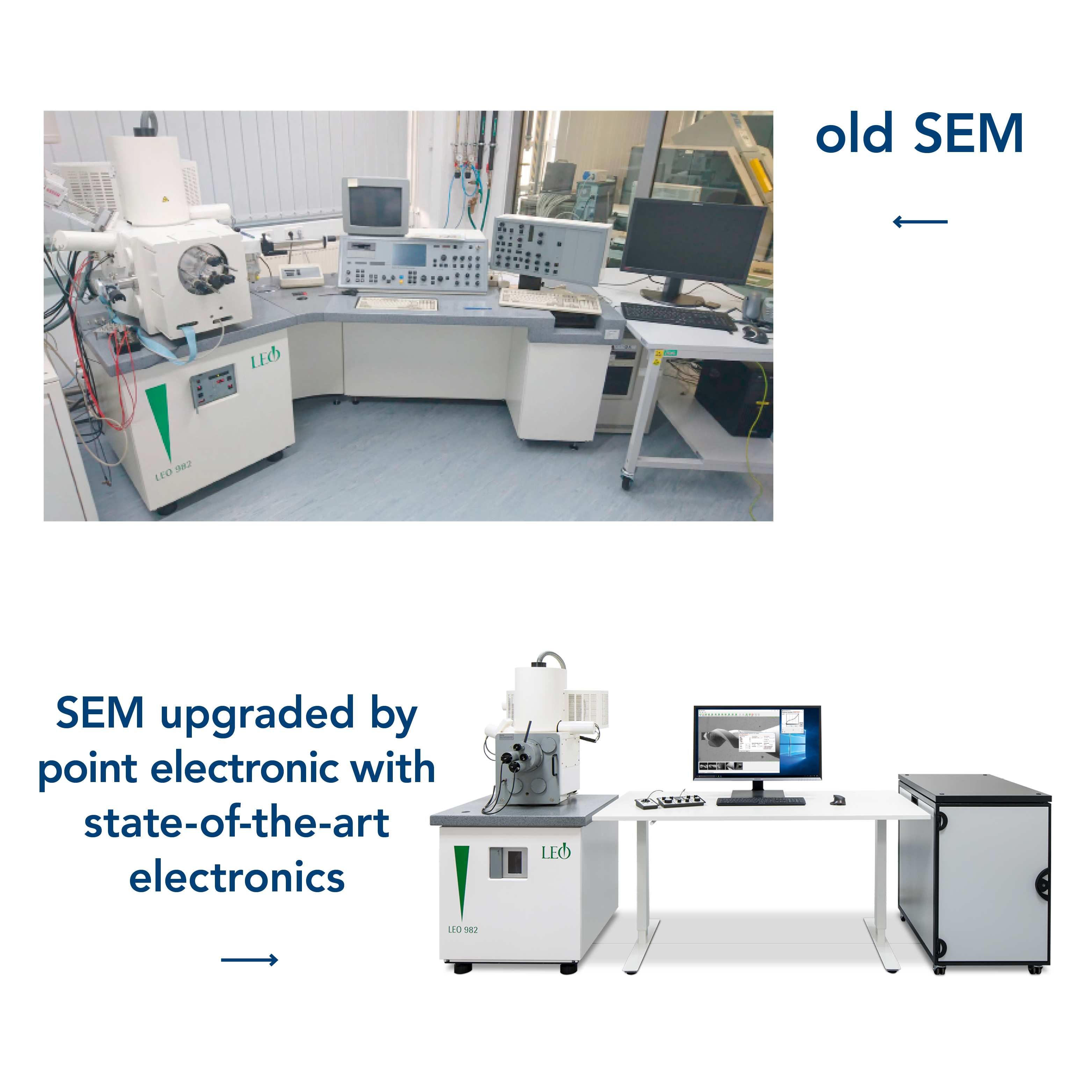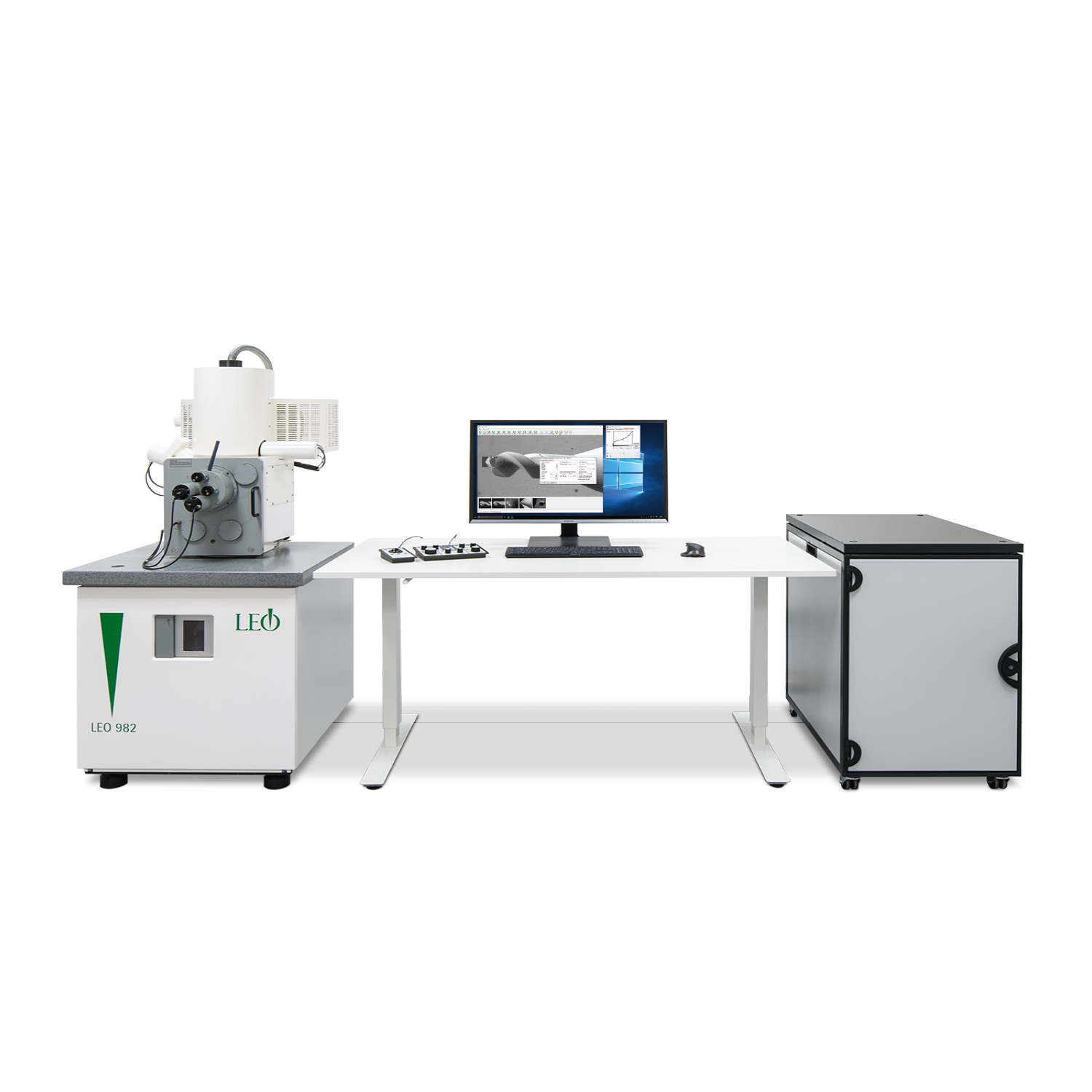SEM Modernization
Modernize your SEM to the latest technology
Enhance your trusted electron microscope to meet modern standards! Our SEM Upgrade exchanges outdated or not longer servicable add-ons for cutting-edge technology - from acquisition to control and software. Each microscope configuration and installation is carefully tailored to each customer's requirements.
Our modernisation is possible for many types of scanning electron microscopes (SEM).
The point electronic SEM Upgrade adds state of the art performance and keeps the electron microscope serviceable for the next 10+ years. So: Don’t scrap – modernize!

Every modernization is a bespoke solution
We equip your SEM with completely new electronics, software and controls so that the microscope will perform even better for many years to come.
And: We offer you an upgrade that is customized to your specific needs.
Your microscope will not only remain usable for all existing and future detectors, cameras, etc. We also tailor the modernization to your required technical options, technologies and applications in the SEM, up to the packaging solution in the plinth or in a separate rack..
We would be happy to advise you.
Advantages
The effects of our modernization for your SEM:
increased performance - from sample insertion to final image
a system that is fully serviceable, incl. 10+ years spare part guarantee for point electronic products
new techniques and capabilities in the SEM
Keep established workflows and add-ons
cost efficient, plus costs savings for acquisition, operation and service
How does the SEM Modernization work?
We optimize your microscope exactly to your needs - but that doesn't mean we exchange the whole system. With our SEM Upgrade, we change everything that needs changing and keep what is important for you.
YOU KEEP
Your column incl. HV-PSU and pumps
Your add-ons, according to functionality and your requirements
(such as EDX, EBSD, etc).
Your established/certified workflows
Your laboratory layout and ancillary equipment
WE ADD
State of the art electronics
User friendly software with efficient workflows
Improved performance
Network compatibility
New techniques
Reduced costs
Environmental friendlyness
How do we do the SEM Modernization?
Once we have configured the upgrade to your needs, specifications and conditions in your lab, we arrange an appointment at your premises:
- We handle the deinstallation of your old equipment.
- We do the on-site installation of the SEM modernization for you, in most cases directly in your lab.
- Upgrades take around 3 days. This keeps downtime to a minimum.
- With our included training you will be fit for our applications within 1 day.
Arrange a demo with us or request a non-binding quote.
User experiences
What do our users and partners say about us? Read the experiences of scientists and engineers who work with a microscope modernized by point electronic. What were the reasons for an SEM update and what has changed compared to before?

"After the modernization with the point electronic upgrade, we were able to take amazingly good pictures with the existing detectors (SE / BSE), in a quality that far exceeded that of the original hardware even at the time of purchase 22 years ago. The operation with the two additional panels including trackball and the sophisticated software control of the device is also a lot of fun to work with. Software features such as the false color-coded contrast and brightness settings make operation so much easier."
Ao. Univ-Prof. Mag. Dr. Bernd Minnich, FRMS; Paris Lodron University Salzburg
about the SEM Modernization of a FEI/PHILIPS ESEM XL-30

Modernization of selected models of all microscope manufacturers
We can look back on around 200 installations of our SEM upgrade. For these microscope manufactuerers, among others:
- ZEISS / LEO
- PHILIPS / FEI
- Cambridge
- Jeol
- Hitachi
- TESCAN
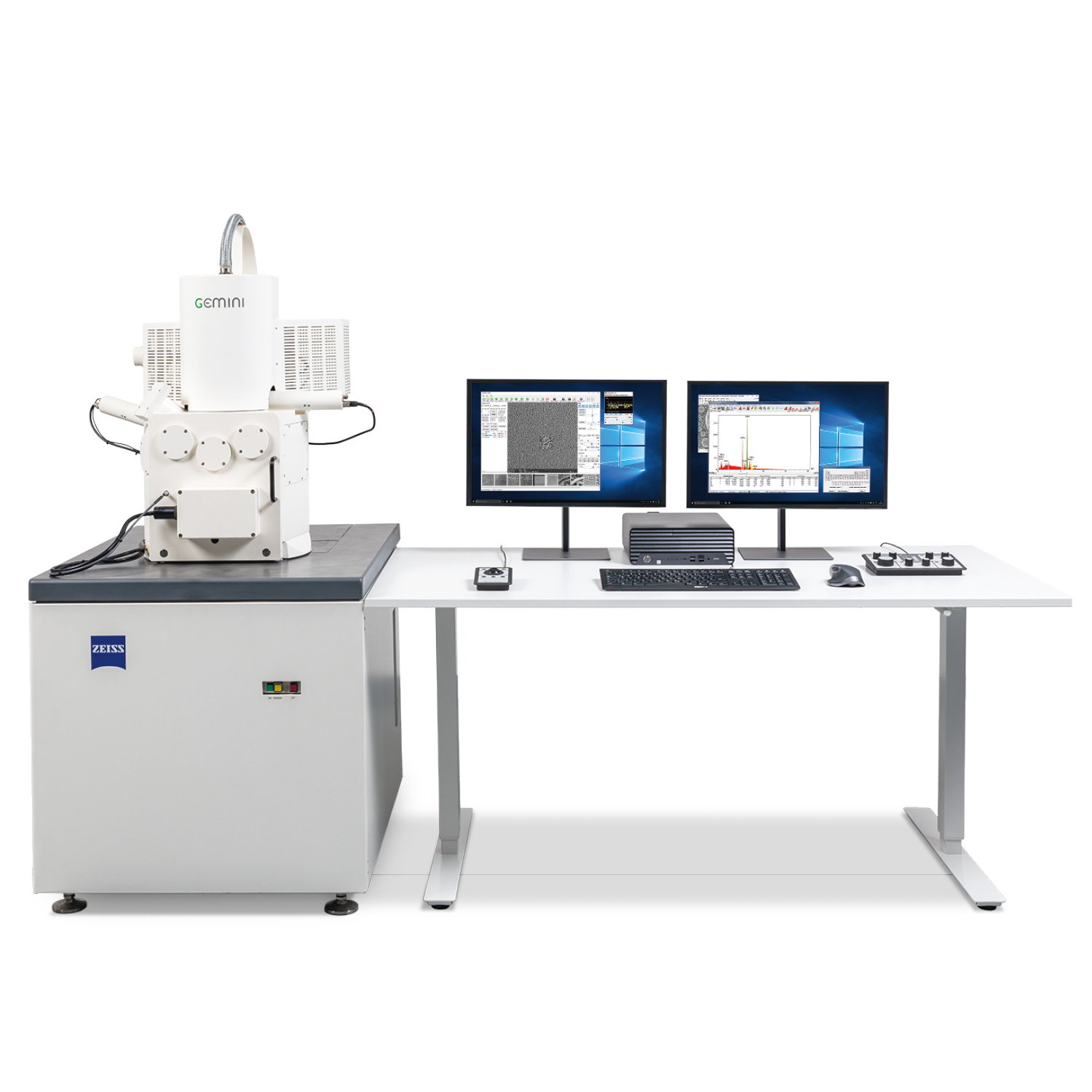
What is included?
Controls and aquisition
- New SEM control electronics and software
- Support for MicrosoftWindows 7 up to 11, with full network compatibility
- Universal GUI for all upgraded tools independent of manufacturer
- Versatile and fast Scanning system:
- Simultaneous signal acquisition for up to 20 signals (SE, BSE, EDS, WDS, etc.)
- Image resolution of up to 500 MPixels
- Scanning speed down to 10ns dwell time
- Automatic vacuum, gun, stage and detector controls
- New hard panels for column, detector and stage control
- IR chamberscope (for most models)
- PC and display(s) or laptop (optional)
Techniques
- Atomic-number discrimination with BSE detectors
- Topography measurements with shape-from-shadow
- Micro-analysis with EDS detectors and mapping
- Electrical failure analysis with EBIC and EBAC/RCI
Here you will find user reports on some REM modernizations that we have recently completed for different companies and scientific institutions. Find out more about why users have opted for an REM update and what changes there are in the before-and-after comparison.

Upgrade of a FEI/PHILIPS ESEM XL-30 for the University of Salzburg
Can you tell us about your institution?
Our Core Facility Electron Microscopy at the Faculty of Natural and Life Sciences of the Paris Lodron University of Salzburg offers scientists from various fields of physics, biology and biomedicine, as well as colleagues from the state hospitals in their various medical disciplines, the opportunity to analyze their samples in the SEM and TEM.
What were your reasons for modernizing?
The main reason for the modernization of our more than 20-year-old FEI XL-30 scanning electron microscope were several technical defects in the hardware and software, which ultimately led to a total failure of the microscope. As a result, many research projects, theses and teaching courses could not be continued. We therefore had to act quickly and find a relatively inexpensive solution to put the device back into operation, as purchasing a new SEM would not have been feasible in the short or medium term.
What is the microscope with the point electronic Upgrade enabling now?
After the modernization with the point electronic upgrade, we were able to take amazingly good pictures with the existing detectors (SE / BSE), in a quality that far exceeded that of the original hardware even at the time of purchase 22 years ago. The operation with the two additional panels including trackball and the sophisticated software control of the device is also a lot of fun to work with. Software features such as the false color-coded contrast and brightness settings make operation so much easier.
What are your experiences with the installation of the upgrade by point electronic?
The upgrade process was very well structured and very fast. After submitting the device data requested by point electronic (e.g. size of the sample chamber, installed detectors, ...), we received a binding cost estimate with 2 variants (incl. and without ESEM mode). After placing our order, we were given a prompt date for the upgrade process, which point electronic adhered to exactly. The upgrade itself, including training, was completed within 2 days.
We are also very impressed with the telephone support, which we used frequently, especially at the beginning after the changeover. The technicians are extremely competent and always available. Remote maintenance has also been installed, which has been very helpful in solving problems.
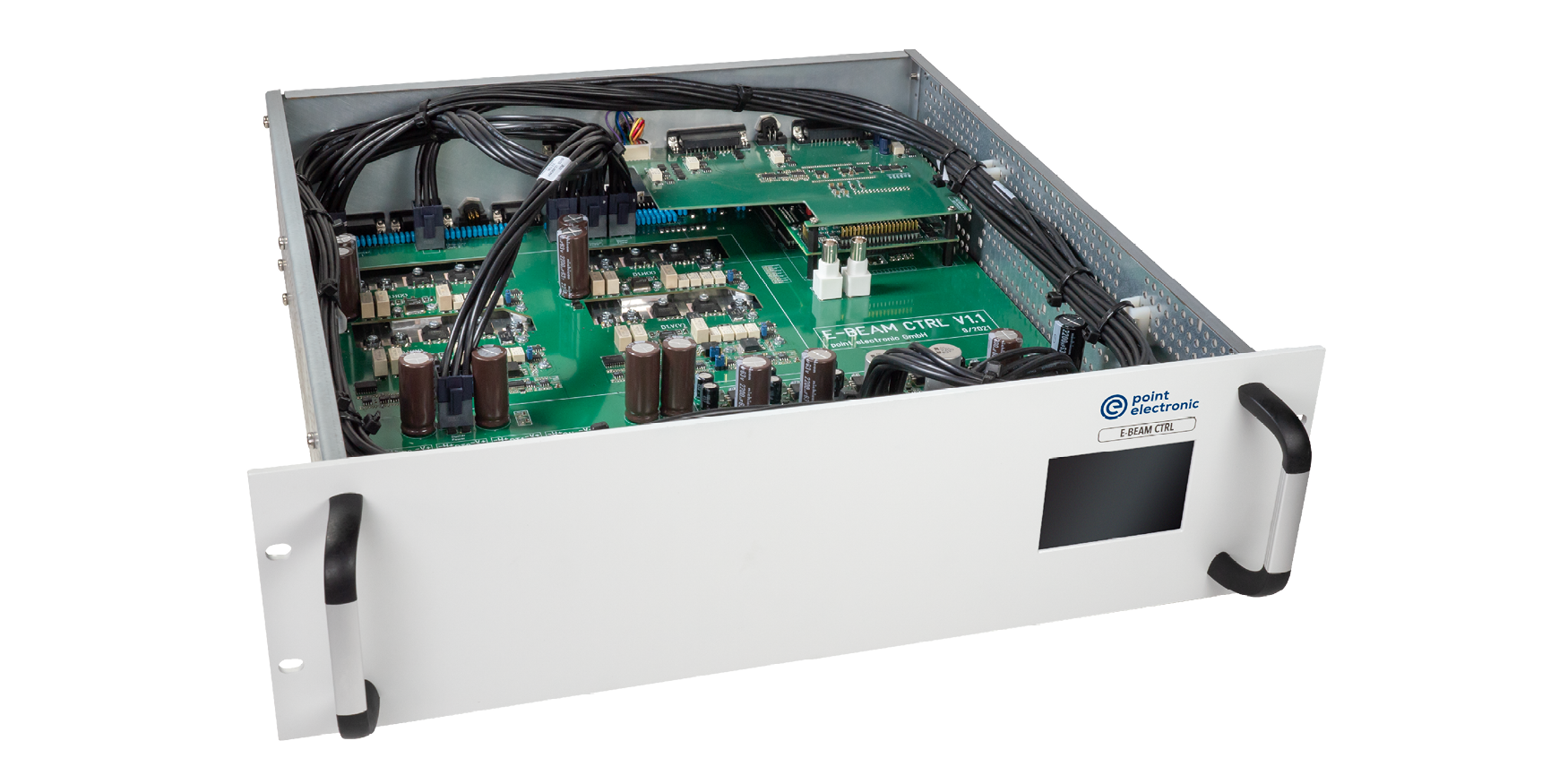
New electronics for the complete SEM
- New control of gun HV and electron detectors
- New bipolar or unipolar high power supply
- New scan module for single or double deflection coils
- 12 digital input signals (X-ray mapping)
- 19 inch, 10U form factor size
- Standard USB 2.0 interface
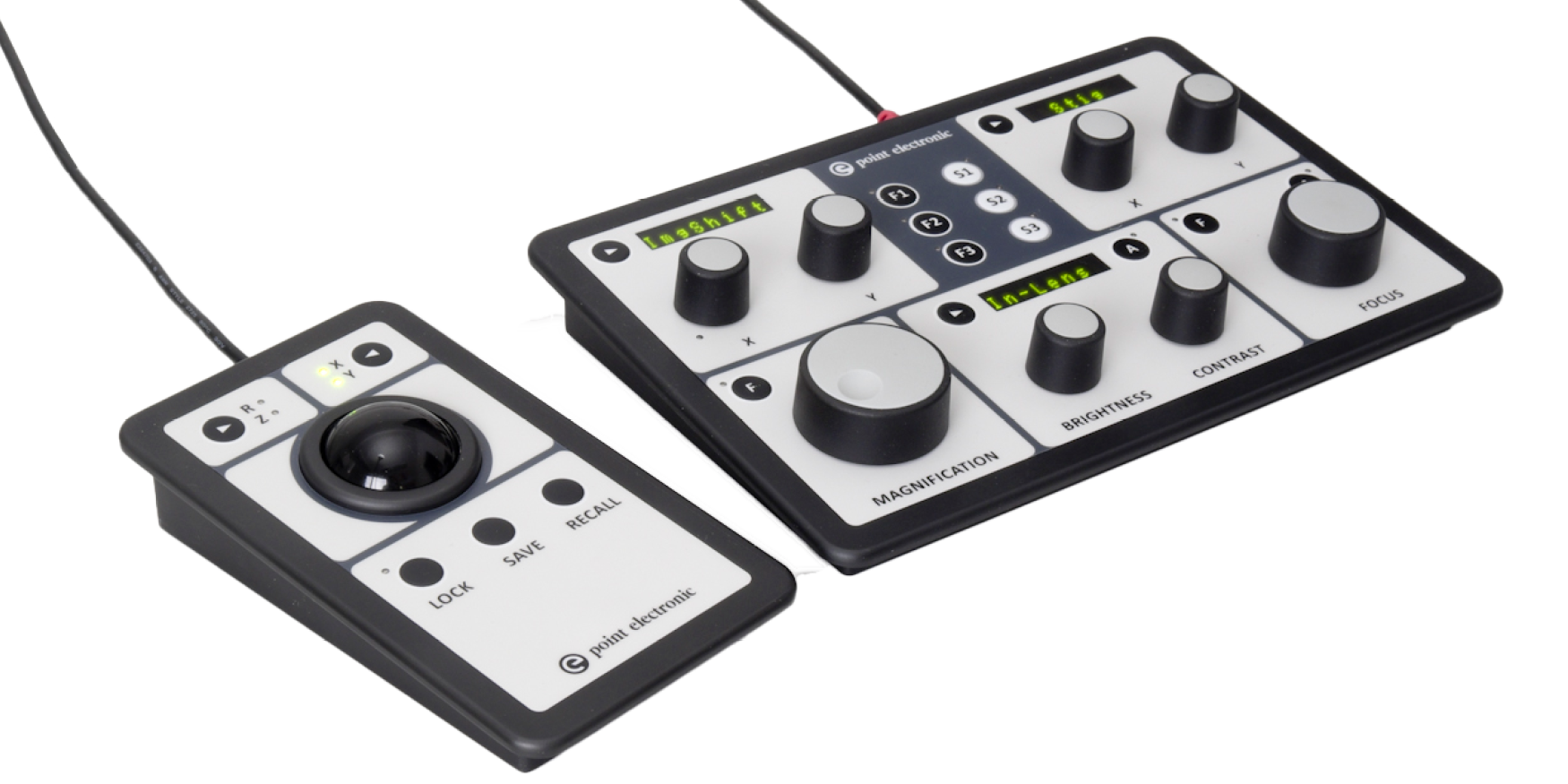
Control panels
- For increased speed and productivity of experienced users
- SEM panel with magnification, focus, image shift, brighness, contrast, stigmatism, etc.
- Stage panel with trackball or joystick, XYRZ locks and store/recall functions
- USB2 controlled and fully integrated wth the microscope control software
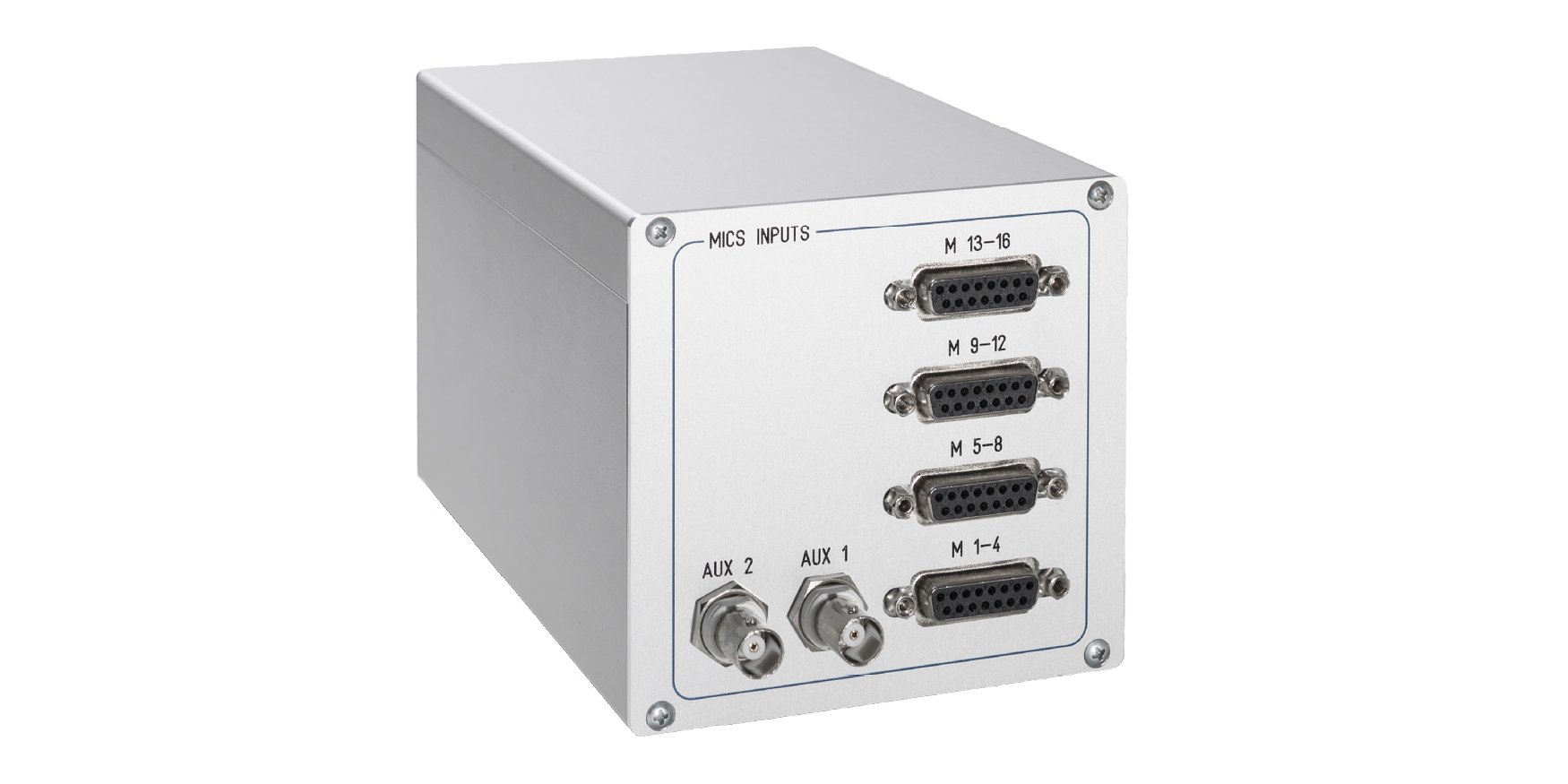
MICS-4 signal amplifier
- For extendend imaging channels, from 4x to 16x
- Channel independendt controls for brightness and contrast
- Advanced input offset and gain controls and calibration
- USB2 controlled and fully integrated with the microscope control software
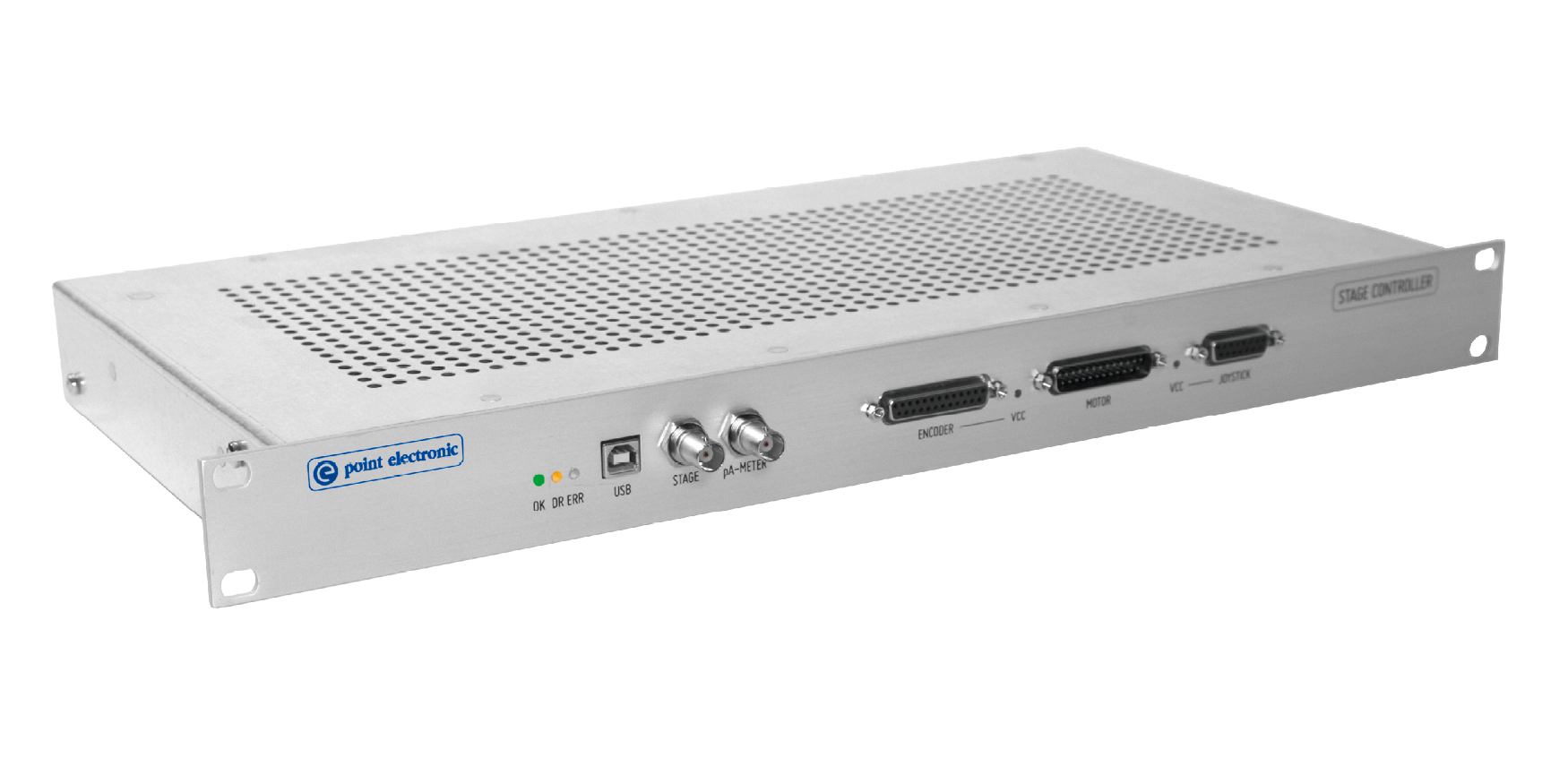
Stage controller
- For automatic positioning and rotation
- Integrated click-and-move, rotation and large area map acquisition
- Configurable software limits for collision avoidance
- USB2 controlled and fully integrated with the microscope control software
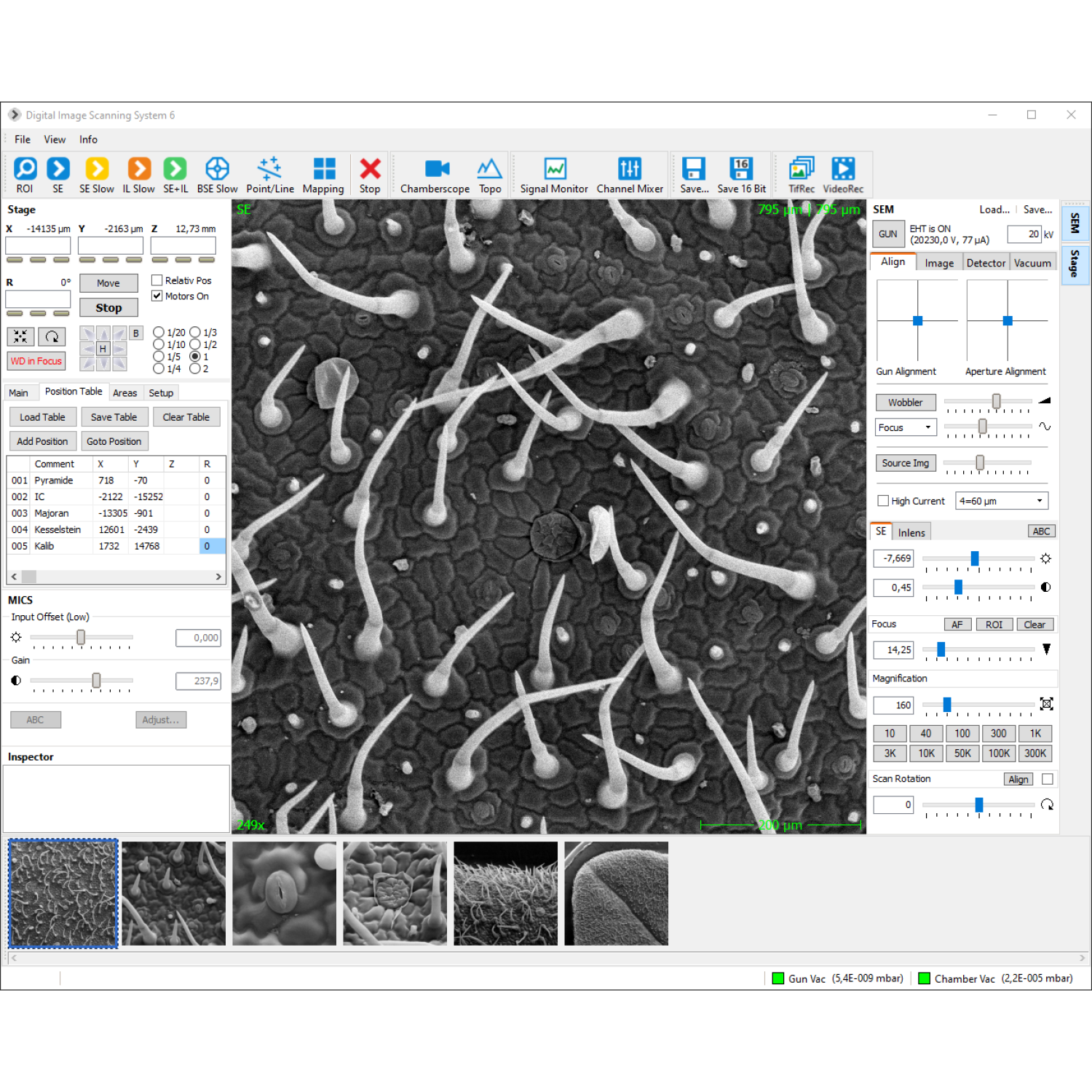
SEM control software
- Control of coils and detectors
- Display of measured values
- Load and save of SEM parameters
- Auto-function for focus/stigmator and brightness/contrast
- TV scan, slow scan, mapping, line scan, point measurements
- Reduced area scan with zoom
- AVI-function with time lapse
- Configurable image acquisition functions for routine actions: Scan buttons can be added, configured and labeled so as signal sources, image resolution, image format
- Integrated vacuum-controller, visualization of vacuum scheme
- Integrated sample stage controller – preset, load and save sample- and stage positions
- Signal monitor with live-histogram
- Display and setting of ir-chamberscope
- Integrated image processing software
- Live 3D reconstruction with BSE-detector (optional)
- AutoSEM for automated capture of multiple sample locations (optional)
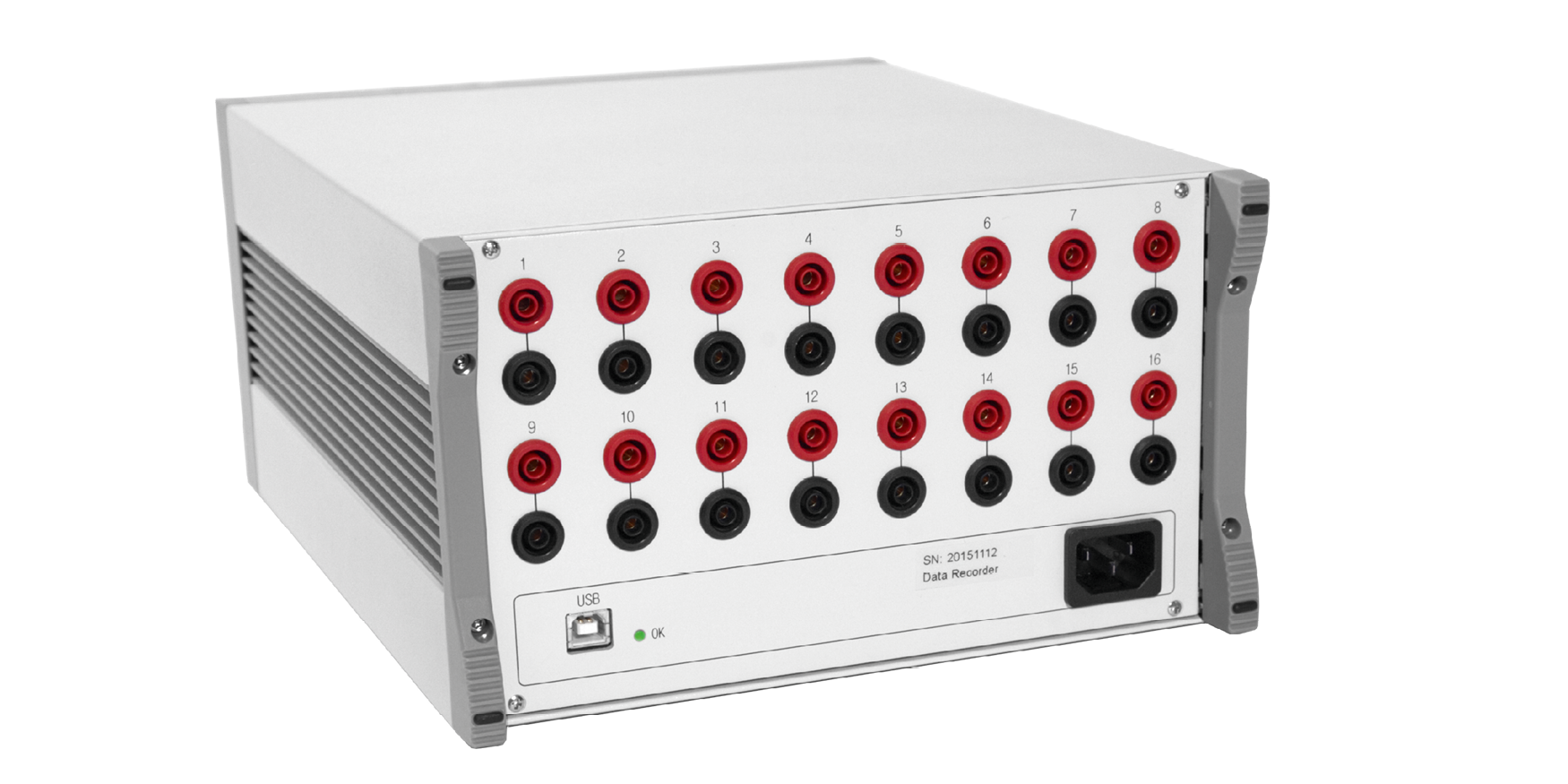
Activity monitor
- For detailed information and preventive maintenance
- Automatic acquisition and complression of microscope operation parameters
- 16x 16-bit analog signal inputs, and software API for loggin events
- Live and offline viewer with PDF exoport
- USB 2.0 controlled and integrated with the new microscope control software
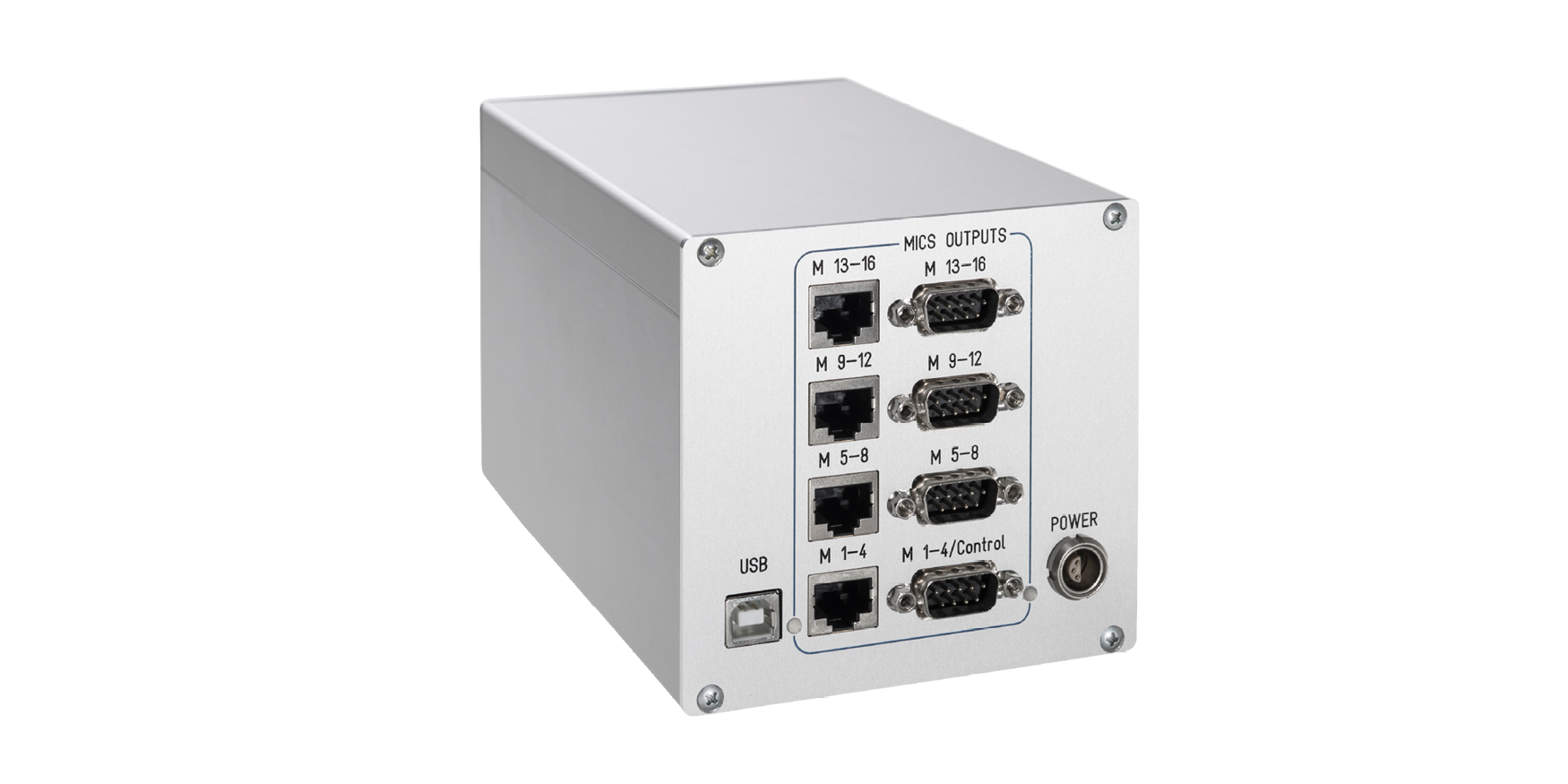
MICS 8 / 12 / 16 signal amplifier
- For extendend imaging channels, by 8x, 12x or 16x
- Channel independendt controls for brightness and contrast
- Advanced input offset and gain controls and calibration
- USB2 controlled and fully integrated with the microscope control software
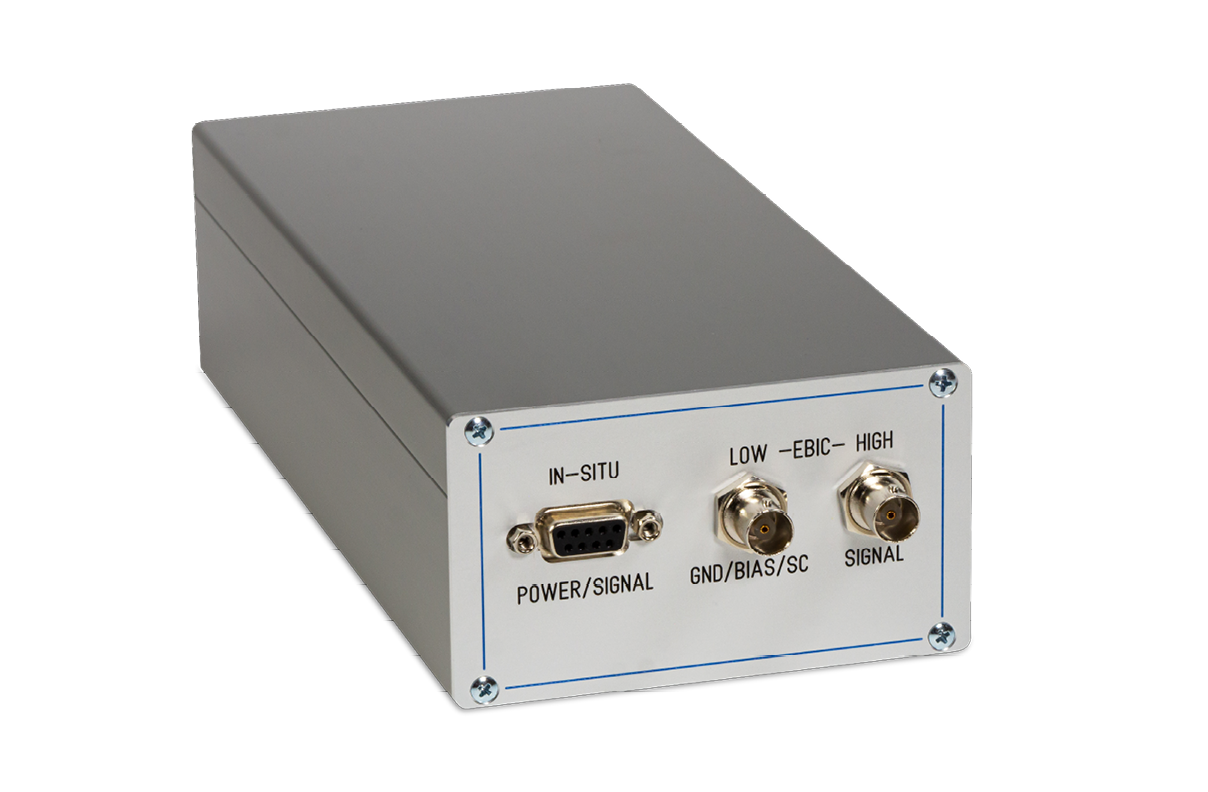
EA amplifiers
- Calibrated high-speed electronics, with in-situ and ex-situ preamplifiers
- Complex multi-stage amplification for imaging, with automatic low-pass filter
- Integrated pico-ammeter for beam current measurements
- Integrated voltage source for biasing
- Integrated current source for compensation
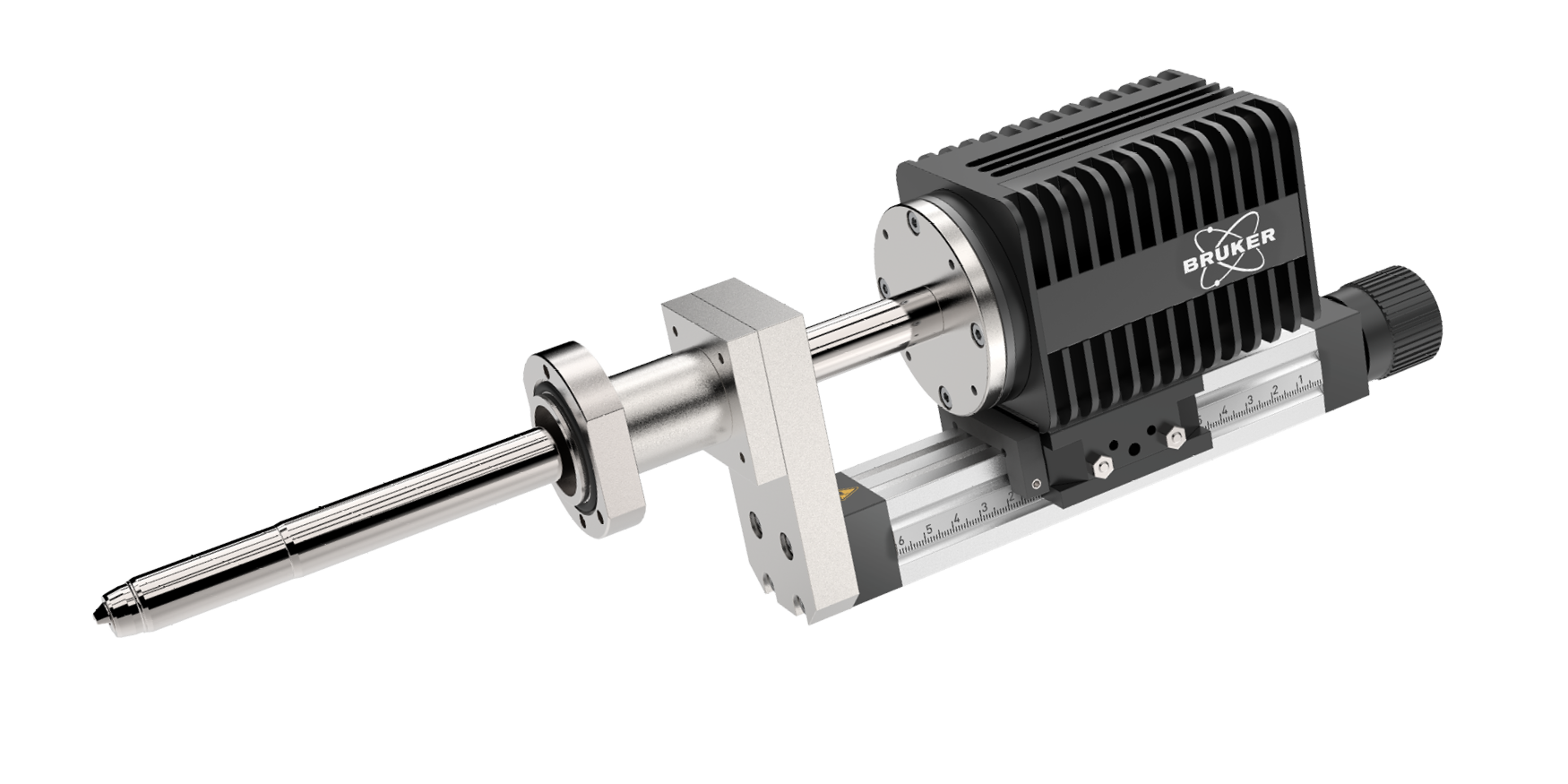
EDS detector
- QUANTAX Compact system by Bruker, containing XFlash® 730M silicon drift detector (SDD), an electronic module, and ESPRIT Compact software
- Allows line scanning and spectral element mapping
- Qualitative and quantitative material analyses
- Fast analysis and reporting
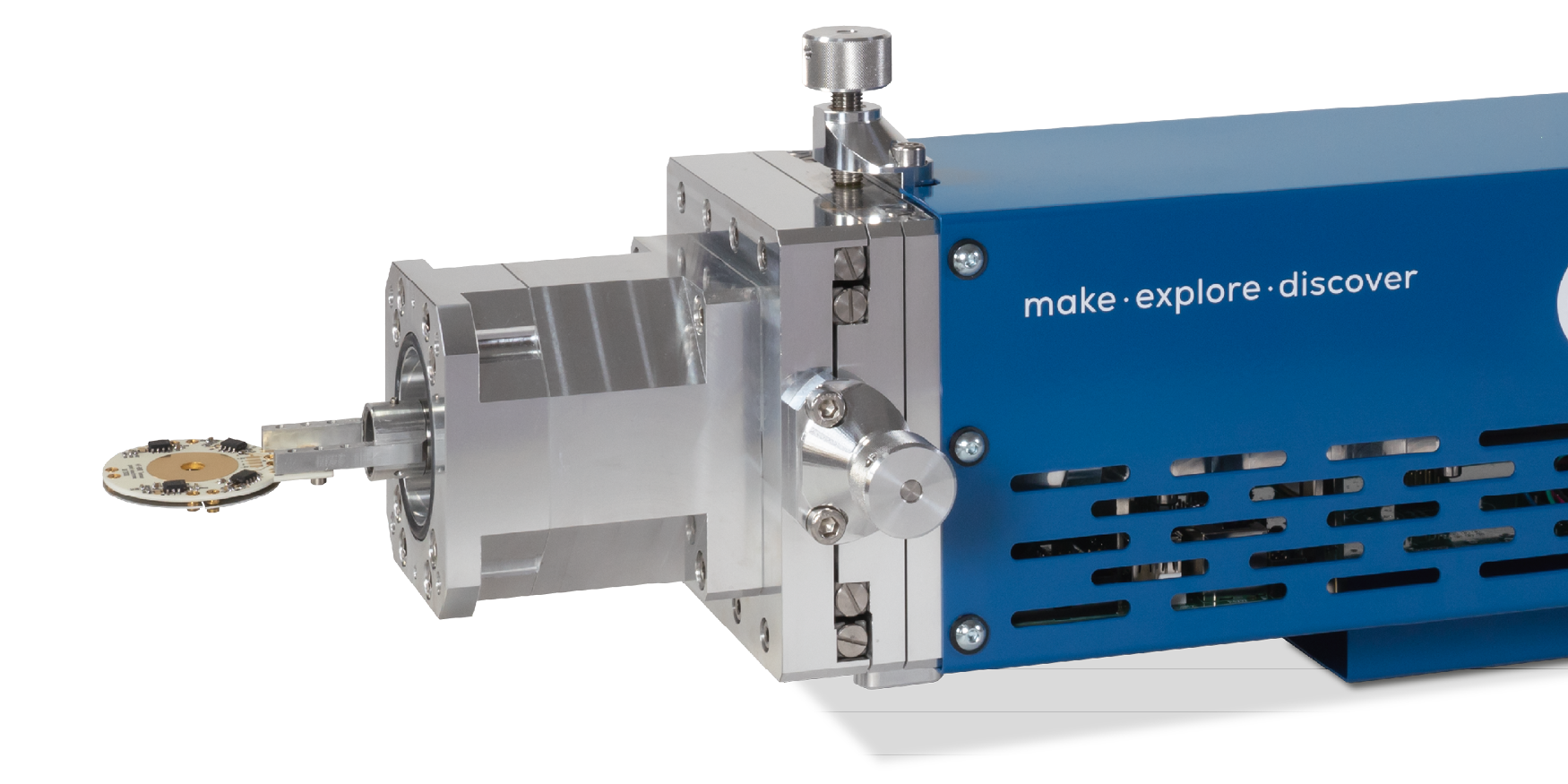
HT BSE detector
- 4Q segmented electrodes with built-in biasing
- Electrodes are light-blind and compatible with laser heating
- Bias voltage to repel secondary electrons and thermal electrons
- Electrodes can be coated in various materials
- easy to disassemble, cleane and recoat
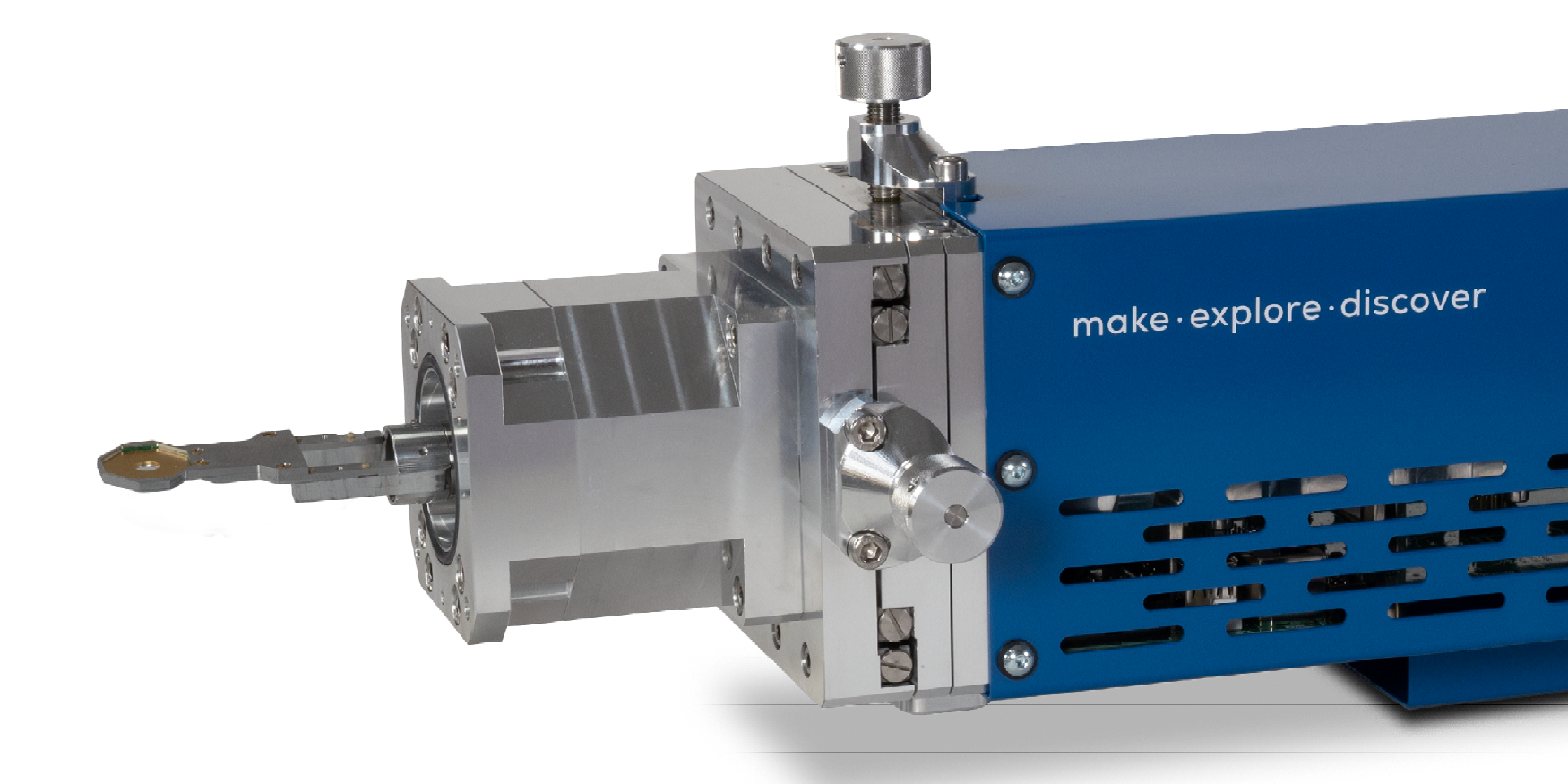
Premium BSE detector
- Four quadrant Si sensor for advanced BSE work
- In-situ preamplification for optimum efficiency and speed
- Optional low-kV sensors
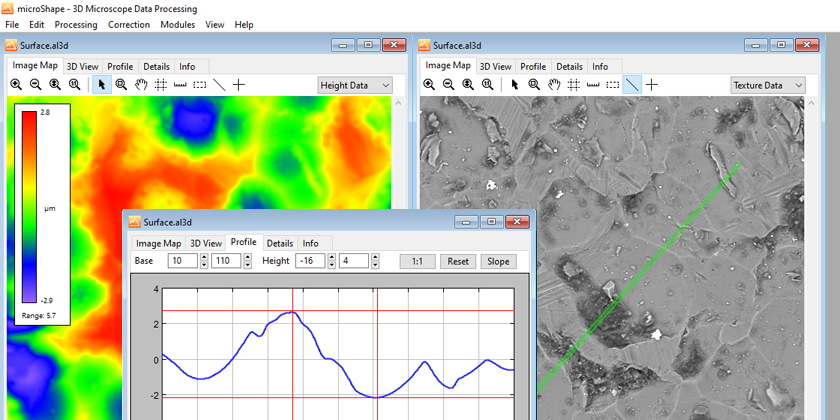
microShape
- Offline 3D viewer of BSE topography data
- Measurement of line profiles, heights, distances and angles in 3D
- 3D data processing including data correction and overlay
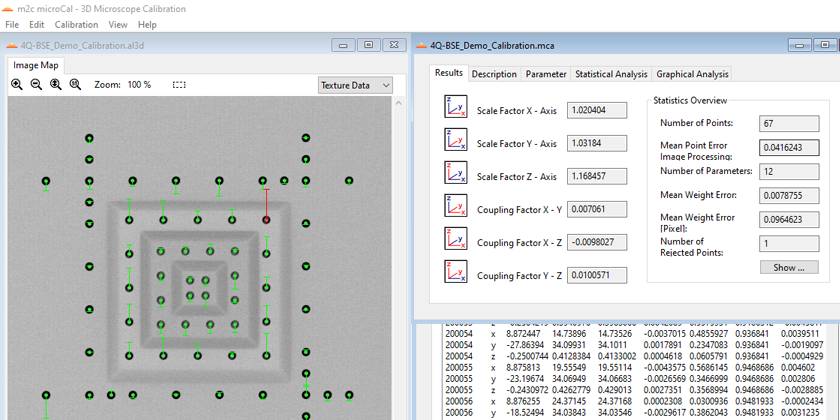
microCal
- Offline 3D calibration and reporting software
- Automated calculation of scales and shearing between all coordinate axes
- Analyses of non-linear scanning deviations

Further options
Additional add-ons and software on demand.
Have a look at our portfolio or contact us.



